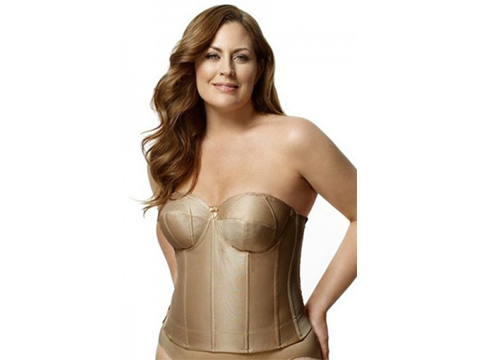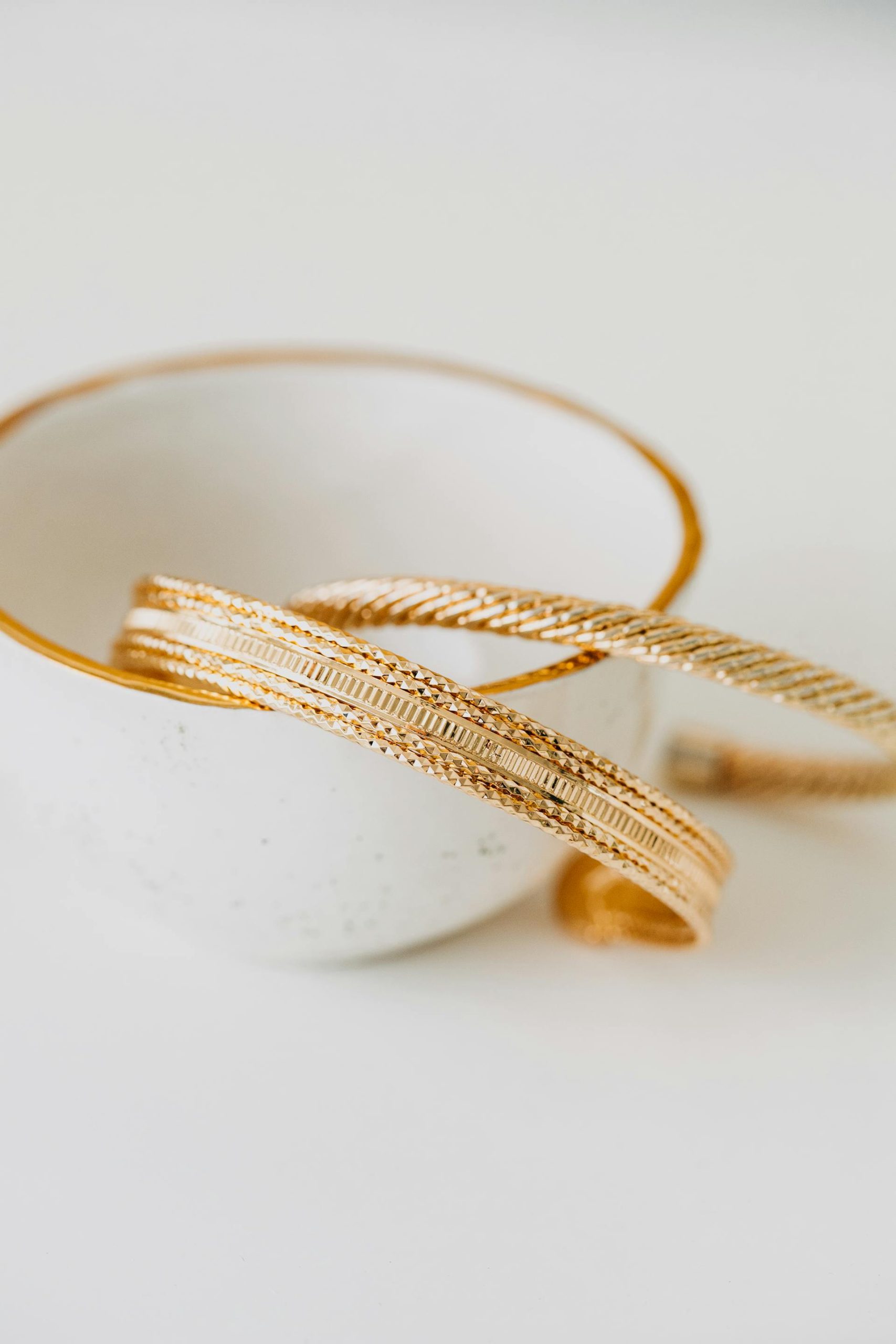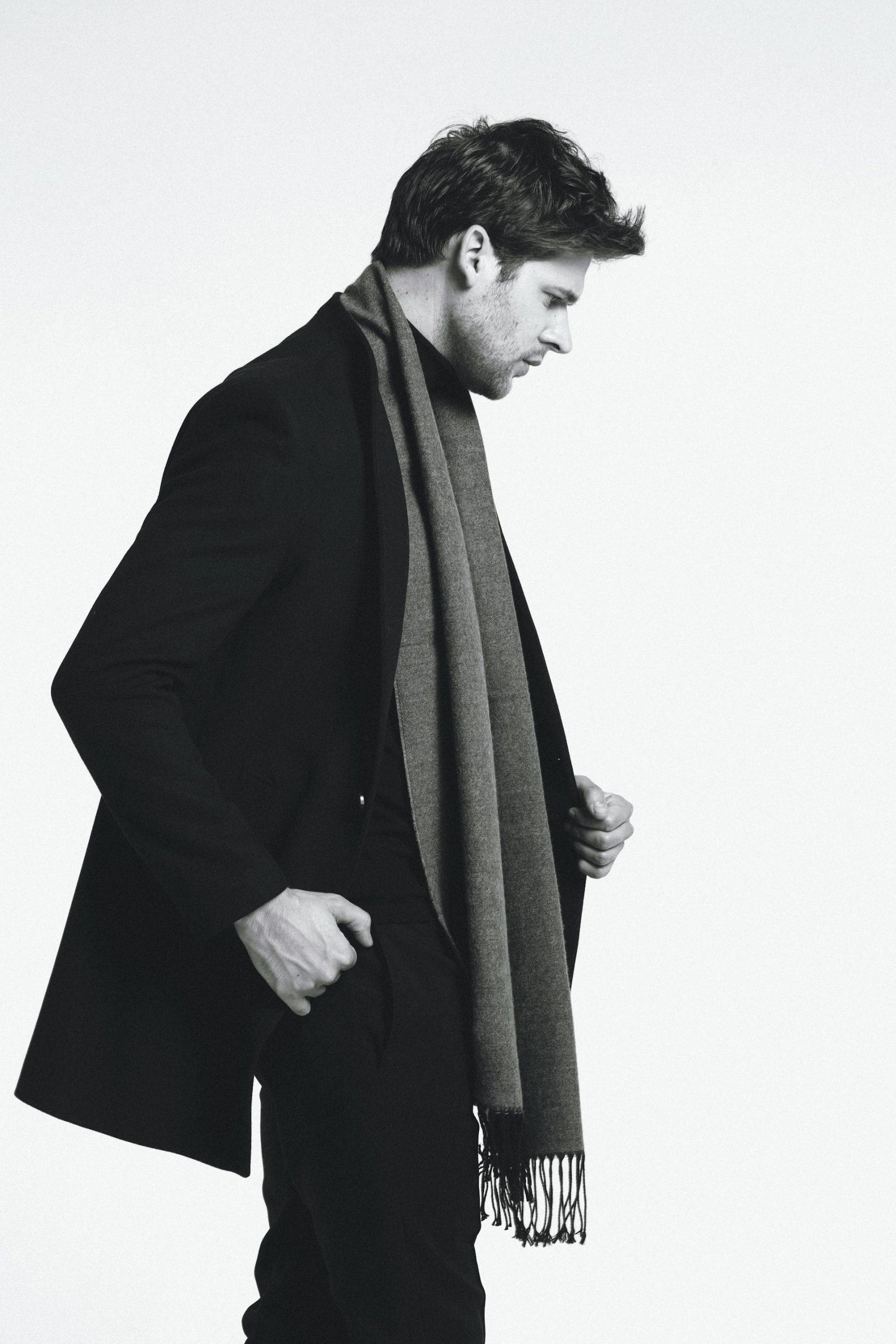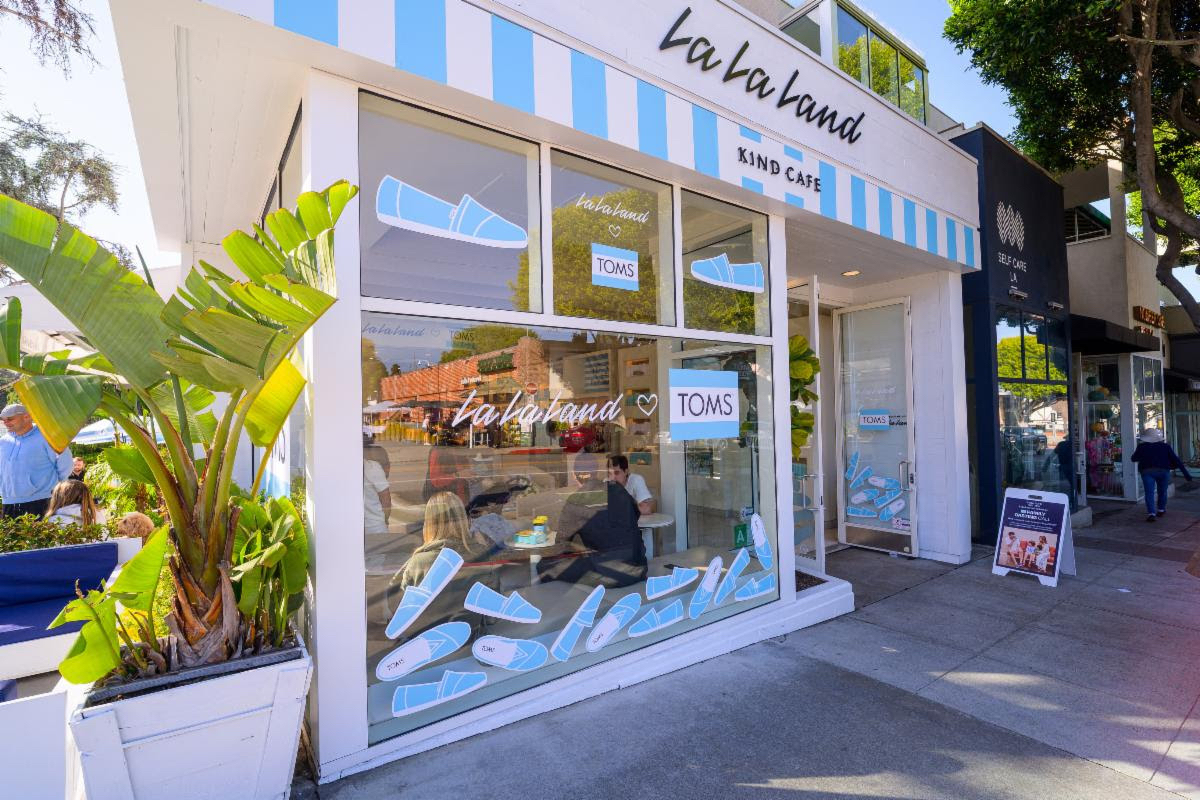Ouji fashion, a visual subculture originating in Japan — draws inspiration from European menswear in the eighteenth and nineteenth centuries, literature and Japanese media like manga and music — and combines it with modern, whimsical elements. Here is an overview of the history, evolution, and substyles of Ouji fashion.
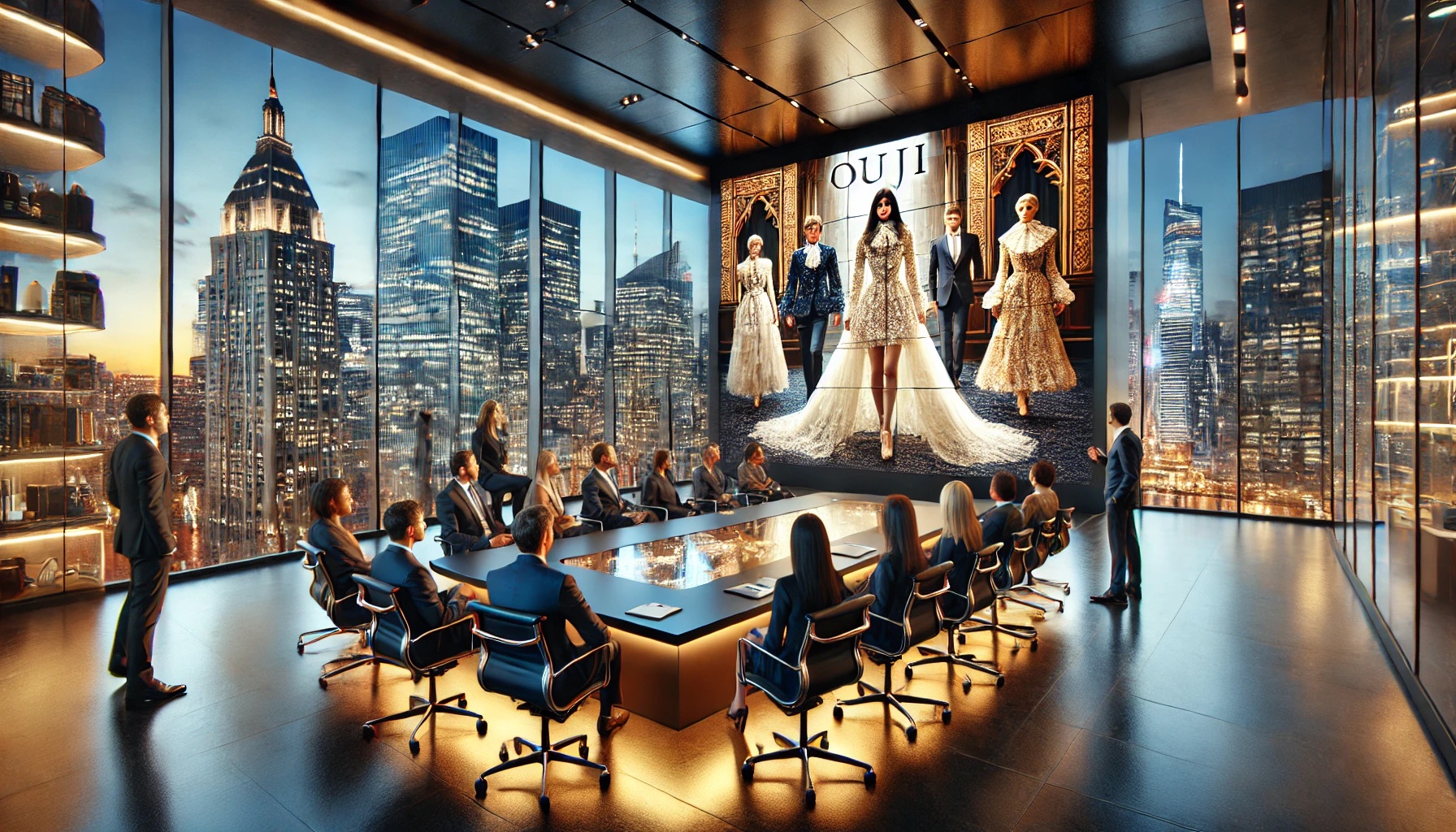
Classic Ouji has a refined air and emphasises elegance.
“Ouji” itself translates to “prince” in Japanese, reflecting the style’s elegant and aristocratic aesthetic, and incorporates tailored coats, vests, high-waist trousers, ruffled shirts, and lace fashion accessories. Wigs and hats are frequently used to complete the look, with popular choices including top hats, berets, and tricornes. And, common colours include black, white, grey and other muted tones, complemented by metallic accents or pops of colour.
This style is often seen at Harajuku fashion events and among enthusiasts at Lolita gatherings worldwide. Ouji fashion has also influenced modern pop culture, with notable examples seen in music videos, anime conventions, and cosplay communities.
Bands like Malice Mizer and Visual Kei artists frequently incorporate Ouji-inspired outfits into their performances, showcasing the style’s dramatic and androgynous appeal. Globally, Ouji has become a part of alternative fashion movements, with dedicated boutiques like Atelier Boz and Alice and the Pirates in Japan offering pieces specifically catering to this aesthetic.
CONTENT TABLE
- What Is Ouji Fashion?
- Ouji on the runways
- How to incorporate Ouji fashion into our wardrobe
What Is Ouji Fashion?
While the exact origins of Ouji fashion are unclear, it is believed to have emerged in the late 1990s or early 2000s, alongside the rise of other visual kei subcultures in Japan. Historical examples that resonate with Ouji aesthetics include the Victorian era tailored frock coats, waistcoats with intricate details, high-collared shirts, and top hats; the Regency period coats, ruffled shirts, and colorful accessories; and while less influential, the Rococo period with its emphasis on elaborate decoration and playful aesthetics, can be seen in some of the more flamboyant and theatrical aspects of Ouji fashion.
It’s important to note that Ouji fashion is not a strict historical reenactment. It’s a contemporary interpretation that draws inspiration from these periods while incorporating modern elements and a unique Japanese sensibility. The style gained popularity through visual kei bands, fashion magazines, and online communities, where enthusiasts shared their creations and inspired one another.
Classic Ouji has a refined air and emphasises elegance. This sub-style has a classic “princely” feeling and is sophisticated. Gothic Ouji, on the other hand, is gloomy and takes the form of opulent decadence, damaged ruin, or an angular design. Although it is often black, jewel tones like bordeaux or navy are frequently used as a contrast colour. Atelier Boz is one of the popular brands retailing primarily Gothic pieces while Black Peace Now, is a Japanese gothic-themed fashion label acclaimed for its punk-gothic crossover aesthetic.
In recent years, Ouji fashion has experienced a resurgence in popularity, both in Japan and overseas. This renewed interest can be attributed to several factors, including the increasing visibility of the style in media, the growing acceptance of alternative fashion, and the accessibility of online platforms for connecting with fashion enthusiasts.
Today, Ouji fashion continues to evolve, with individuals incorporating their own unique interpretations into the style. It remains a vibrant and creative expression of self, offering a platform for individuals to explore their personal aesthetics and challenge traditional gender norms.
Ouji elements on the runway
While Ouji collections are rare, elements of the style often appear in collections from luxury fashion brands, particularly those with a focus on androgynous or gender-fluid aesthetics. Gucci frequently shows ruffled shirts, high-waist trousers and dramatic coats.
Alexander McQueen‘s collections feature dramatic silhouettes, intricate details, and a touch of the theatrical. And, with its focus on rock ‘n’ roll and a rebellious spirit, Saint Laurent leather jackets, lace detailing, and androgynous silhouettes can be styled in an Ouji-inspired way. It’s important to note that these fashion brands don’t create collections dedicated to Ouji.
Victorian Revival and Ouji Inspirations The Victorian and Rococo influences of Ouji fashion align with the broader revival of historical fashion on the runway. Iconic fashion designers such as Alexander McQueen, Vivienne Westwood, and Gucci have incorporated Ouji-esque tailoring, including frock coats, high-neck blouses, and intricate embroidery, into their collections. The emphasis on layering, ornate detailing, and juxtaposition of masculine and feminine elements mirrors the essence of Ouji, bringing a regal yet wearable aesthetic to luxury fashion.
Androgyny as a Statement One of Ouji’s most compelling contributions to the runway is its embrace of androgyny. The style’s gender-neutral silhouette—marked by fitted vests, breeches, and ruffled shirts—challenges traditional fashion norms. Runways at events like Tokyo Fashion Week and Paris Men’s Fashion Week have featured models in Ouji-inspired outfits, showcasing the versatility of modern fashion. Brands like Thom Browne and Comme des Garçons have incorporated Ouji’s signature balance of sharp tailoring and whimsical fashion accessories, such as top hats and pocket watches, into their designs.
Modernising Ouji for High Fashion While traditional Ouji fashion adheres to a specific aesthetic rooted in history, its runway adaptations take creative liberties to modernise the style. Fashion designers experiment with luxurious fabrics such as velvet, brocade, and silk, reimagining Ouji staples in contemporary cuts. Structured blazers paired with wide-leg shorts, metallic accents, and bold colour palettes bring a fresh perspective to the classic look. Accessories like oversized cravats and embellished knee-high socks are exaggerated to create dramatic visual impact, highlighting Ouji’s theatrical essence.
Cultural Crossover and Global Appeal The rise of Japanese street fashion on the global stage has further propelled Ouji elements into the spotlight. The style’s crossover appeal is evident in collaborations between Japanese fashion designers and Western luxury fashion brands. Tokyo Girls Collection, a leading platform for Japanese fashion, showcases Ouji-inspired looks. Beyond Japan, Ouji’s influence is felt in high-profile fashion shows that celebrate diversity and unconventional beauty.
How to incorporate Ouji fashion into our wardrobe
What are the core elements of Ouji fashion?
Key pieces: Tailored coats, vests, high-waisted trousers, ruffled shirts, lace accessories.
Colour palette: Black, white, grey, muted tones with metallic accents or pops of colour.
Historical inspiration: 18th-19th century European menswear.
How can I incorporate Ouji elements without going full-on costume?
Start with accessories: A lace cravat, a top hat, a pair of dramatic gloves.
Try a single statement piece: A ruffled shirt under a simple blazer.
Incorporate key colours: Pair black trousers with a white ruffled shirt and a black vest.
Where can I find Ouji-inspired clothing?
Online retailers: Search for “historical menswear,” “Victorian fashion,” or “gothic fashion” on platforms like Etsy, ASOS, and Amazon.
Thrift stores: Discover unique vintage pieces that can be styled in an Ouji way.
Tailors and seamstresses: Commission custom-made garments to truly capture the essence of the style.
Can women incorporate Ouji elements?
Absolutely! Ouji fashion is not gender-specific. Women can wear tailored coats, vests, and trousers with a feminine touch.
How can I add a modern twist to Ouji fashion?
Pair historical pieces with contemporary items: Combine a ruffled shirt with ripped jeans and sneakers.
Experiment with bold colours and patterns: Introduce unexpected elements like a vibrant scarf or a patterned waistcoat.
Accessorise with modern jewellery: Add a touch of punk rock with studded belts or chains.
What footwear complements Ouji fashion?
Classic options: Oxfords, boots (Chelsea, combat, or riding boots), heeled shoes.
Modern alternatives: Sneakers, loafers, platform boots can work depending on the overall look.
How important is hair and makeup in Ouji fashion?
Hair: Wigs, top hats, and elaborate hairstyles are common. Consider a side part, a pompadour, or even a simple yet elegant up-do.
Makeup: Keep it clean and classic with a focus on the eyes. Think dramatic eyeliner, smoky eyes, or even a touch of glitter.
Where can I find inspiration for Ouji outfits?
Visual kei bands: Explore their music videos and live performances for iconic Ouji looks.
Fashion magazines and blogs: Look for editorials and street style photos featuring the style.
Social media: Search for hashtags like #oujifashion, #visualkei, and #historicalfashion on platforms like Instagram and TikTok.
Is Ouji fashion expensive?
It can be, but doesn’t have to be. You can find affordable pieces at thrift stores and online, and gradually build your collection over time.
What is the most important aspect of Ouji fashion?
Confidence and self-expression. The key is to embrace the style and make it your own. Have fun with it, experiment, and don’t be afraid to push boundaries!
Read More:
Jasmeen Dugal is Associate Editor at FashionABC, contributing her insights on fashion, technology, and sustainability. She brings with herself more than two decades of editorial experience, working for national newspapers and luxury magazines in India.
Jasmeen Dugal has worked with exchange4media as a senior writer contributing articles on the country’s advertising and marketing movements, and then with Condenast India as Net Editor where she helmed Vogue India’s official website in terms of design, layout and daily content. Besides this, she is also an entrepreneur running her own luxury portal, Explosivefashion, which highlights the latest in luxury fashion and hospitality.




